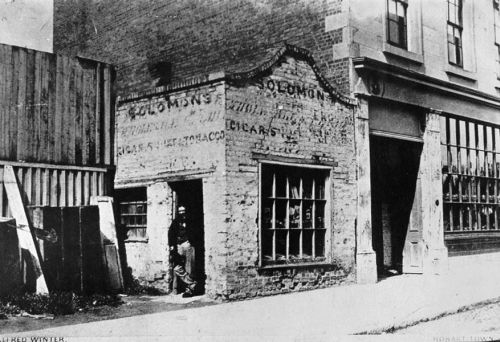 |
 |
|
Jewish Faith
The Jewish faith was first practised in Tasmania by male convicts predominantly from the East End of London, where their families had settled in the eighteenth century after fleeing persecutions in Europe. Lack of Jewish women precluded for many years their forming a traditional Jewish community. However, by the 1840s they had increased and prospered sufficiently to enable the building of synagogues in Hobart Town (1845) and Launceston (1846). The first Jewish minister was appointed in 1846, and religious practices were established. The 1848 census recorded 435 Jews, a figure never exceeded. Numbers declined as some settlers returned to England, and others left for mainland colonies and New Zealand. The Launceston Synagogue closed in 1871. Only a handful fleeing Russian pogroms of the late nineteenth century reached Tasmania. Nevertheless, the Hobart Hebrew Congregation continued its communal life. Though there was no minister in the periods 1873–1911 and 1922–1942, Sabbath services were conducted by dedicated members. European refugees arriving from 1938 rejuvenated the Jewish faith in Tasmania. The Launceston Synagogue was in use again, 1939–1961 and 1984–1992. In Hobart ministers were appointed from 1943, but from 1956 congregational leadership once more depended on members who had received traditional Jewish instruction. This led to a tolerant approach to worship. Currently the Hobart Synagogue is shared by an Orthodox Group and a Progressive Group, which seek ways to offer mutual support. This synagogue is the oldest in the southern hemisphere still in regular use. Further reading: P & A Elias (eds), A few from afar, Hobart, 2003. Peter Elias |
Copyright 2006, Centre for Tasmanian Historical Studies |
